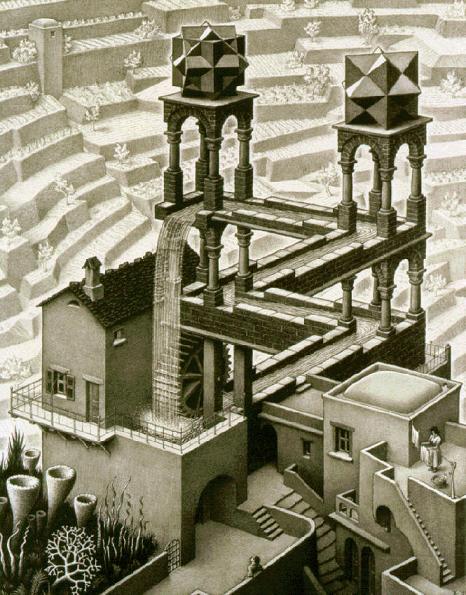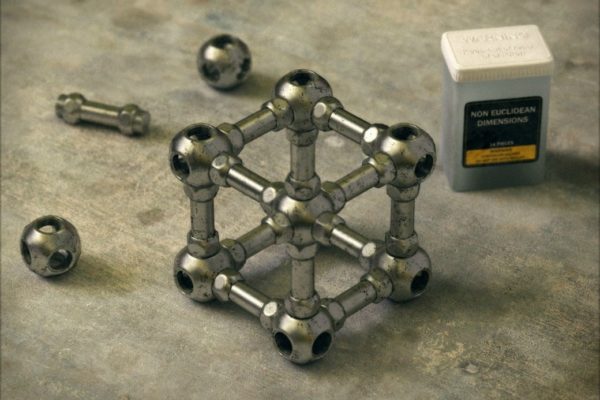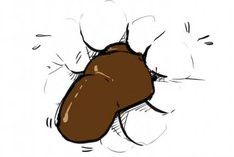Escher’s (Impossible) Waterfall Machine
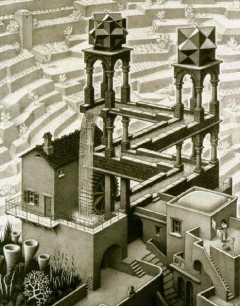 [From Wikipedia]: Waterfall is a lithograph print by the Dutch artist M. C. Escher which was first printed in October, 1961. It shows an apparent paradox where water from the base of a waterfall appears to run downhill before reaching the top of the waterfall.
[From Wikipedia]: Waterfall is a lithograph print by the Dutch artist M. C. Escher which was first printed in October, 1961. It shows an apparent paradox where water from the base of a waterfall appears to run downhill before reaching the top of the waterfall.
While most two-dimensional artists use relative proportions to create an illusion of depth, Escher here and elsewhere uses conflicting proportions to create a visual paradox.
A guy attempted to replicate Escher’s illusion, but in real life. What you are about to see is a self-replenishing waterfall, a good example of a perpetual machine.
From this video we can deduce two things: 1) it’s done in parts, and 2) it’s witchcraft!
A boingboing user came up with this interpretation to how it was done.
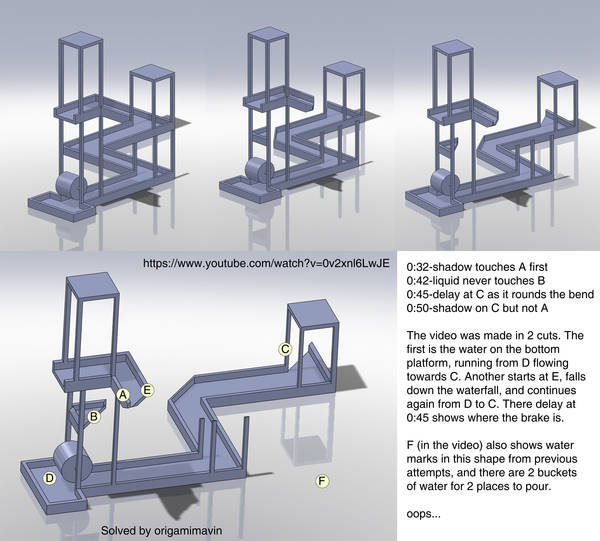
The guy posted these videos explaining how he did it:
http://www.youtube.com/watch?v=4VgbkCl452Y
http://www.youtube.com/watch?v=QmelWTTmW6Q
So, at the end origamimavin was pretty close to how it was done. I was indeed done in two takes, and then the video was edited in Adobe After Effects, that’s why you see so much water on the floor.
It’s still a nice illusion.

